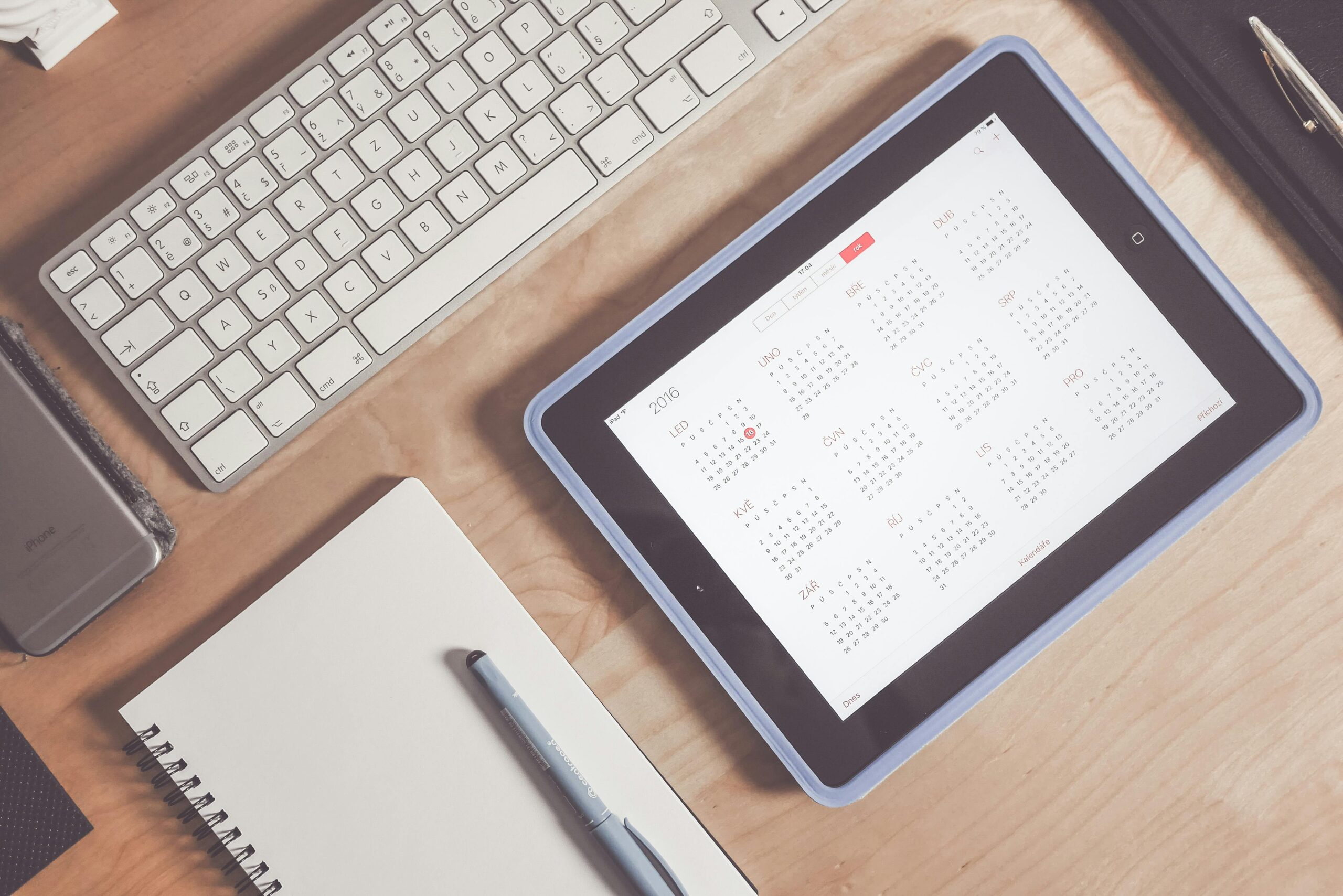Paid leave is an important system that helps employees rest and recharge so they can perform at their best. However, unused paid leave doesn’t last forever—it expires after a certain period. This article explains the expiration rules and how carryover works.
Paid Leave Expires After a Certain Period
Paid leave has a time limit before it disappears. Let’s take a look at how long it lasts and when the countdown begins.
Paid Leave is Valid for 2 Years
Under Japan’s Labor Standards Act, employees who have worked for at least six months and attended 80% or more of their workdays automatically receive 10 days of paid leave.
However, this leave must be used within two years—otherwise, it expires and disappears.
The Expiration Period Starts on the Day Paid Leave is Given
The countdown starts from the day paid leave is granted.
For example, if an employee starts working on April 1, 2025, they will receive 10 days of paid leave on October 1, 2025. This leave will expire on October 1, 2027, meaning they must use it by September 30, 2027.
Some companies grant paid leave earlier than the standard six-month period. However, delaying it beyond the standard timeline is not allowed, as it would be unfair to employees.
Can Expired Paid Leave Be Cashed Out?
Once paid leave expires, it cannot be converted into cash.
However, there is one exception—when an employee leaves the company. Since paid leave cannot be used after resignation, companies can compensate employees for any unused leave when they quit.
Taking at Least 5 Days of Paid Leave is Mandatory
Many employees struggle to take paid leave due to their workload. To address this, a law was introduced in April 2019 requiring employees to take at least 5 days of paid leave per year.
Who Must Take 5 Days of Leave?
Employees who receive 10 or more days of paid leave per year must take at least 5 of those days. This applies to:
- Full-time employees
- Part-time workers who meet the requirements
- Managers and supervisors (even those exempt from overtime rules)
When Does the One-Year Period Start?
The one-year period starts from the day the employee is granted 10 or more paid leave days.
For example, if an employee joins a company on April 1, their paid leave is usually granted on October 1. However, if the company grants leave on the first day of employment, then April 1 becomes the start date for the one-year period.
What Happens If Employers Don’t Enforce the Rule?
If a company does not ensure employees take at least 5 days of paid leave, it can be fined up to 300,000 yen per employee.
Tip for Foreign Workers in Japan
Understanding your paid leave rights is important — but being able to communicate about them in Japanese is just as crucial. Whether it’s requesting time off, explaining your plans to your manager, or simply chatting with coworkers, Japanese skills make a big difference in how smoothly things go at work.
That’s why I recommend checking out italki. It’s a flexible online platform where you can learn practical Japanese for the workplace — from keigo (honorifics) to casual small talk.
Learn Japanese with italki and make your work life in Japan easier.
Carrying Over Paid Leave
Paid leave has a two-year expiration period, meaning that if it is not used in the year it is granted, it can be carried over to the following year.
The number of paid leave days granted depends on the length of service. Employees who have worked for 6.5 years or more receive 20 days of paid leave annually. If they do not take any leave, they can carry over 20 days, resulting in a maximum of 40 days of paid leave in the following year.
Summary
Paid leave expires after 2 years, starting from the day it is given
Unused paid leave cannot be cashed out, except when leaving the company
Since 2019, taking at least 5 days of paid leave per year is required
Paid leave can be carried over, but the maximum balance is 35 days
Part-time and contract workers may also qualify for paid leave and carryover




Comments